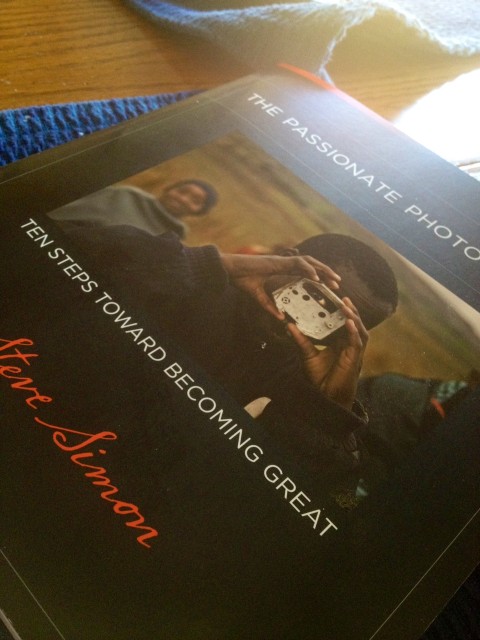And by recent I mean, in the last 6 months.
[amazon_link id=”159514188X” target=”_blank” container=”” container_class=”” ]13 Reasons Why by Jay Asher[/amazon_link]Â – Clay Jensen receives a box of cassette tapes, narrating why a dead classmate killed herself. Hannah Baker tells of teenage heart break and cruelty that pushed her over the edge. The novel shows how a little empathy and compassion can mend a troubled soul.
[amazon_link id=”1594744769″ target=”_blank” container=”” container_class=”” ]Miss Peregrine’s Home for Peculiar Children by Ransom Riggs[/amazon_link] – Jacob’s grandfather always told stories, colorful stories of life during World War II. Dismissed as a way to deal with the horrors of war, his grandfather was never taken seriously until he is abruptly murdered. A note left for Jacob directs him to Wales, where his grandfather grew up. In trying to figure out the mystery of his grandfather, Jacob discovers his grandfather’s colorful stories were very real, and in the process discovers himself in World War II. Unique characters throughout with an interesting take on time travel and good and evil. The ending is a bit of a cliff hanger, alluding to a sequel and where the story will ultimately go.
[amazon_link id=”0385534639″ target=”_blank” container=”” container_class=”” ]The Night Circus by Erin Morgenstern[/amazon_link] – A magical, beautifully crafted novel where every word adds to the story. A mysterious circus that arrives without warning tells the story of a competition between two illusionists, their love and their passions. Strong and developed characters, Celia and Marco create feats of magic for the circus not knowing when the competition will end. *Highly recommended*
[amazon_link id=”1439132852″ target=”_blank” container=”” container_class=”” ]Monster Hunter International by Larry Correia[/amazon_link] – Monsters are real, and in this pulp, sci-fi, horror mashup, a team of monster hunters collect bounties for killing monsters. Â Owen Pitt finds this out the hard way after being attacked by a werewolf , surviving and being recruited by Monster Hunters International. Owen learns everything in the horror movies is real, and learns of a much broader plot of the Cursed One, to take over the world in the name of the Old Ones. Â It’s a mindless story full of action and gore with some developed characters. Â If you like guns, knowledge of various arms is fairly extensive.
[amazon_link id=”1439133913″ target=”_blank” container=”” container_class=”” ]Monster Hunter Vendetta by Larry Correia[/amazon_link] – Owen Pitt lived to see another book. Â A death cult led by the Shadow Man intends to take over the world. Â Same stuff different book.
[amazon_link id=”B003LL2Z1W” target=”_blank” container=”” container_class=”” ]Brains by Robin Becker[/amazon_link] – What if a zombie retained its greatest personal ability. For Jack Barnes, it’s the ability to think. Â In this zombiefied riff on Frankenstein, Barnes retains an acid wit and lucid tells of his life as a zombie. Â A short, quick read, and at times overwritten. Â Amusing if you’re into zombies.

